Sky Ridge Sweater#skyridgesweater |
|
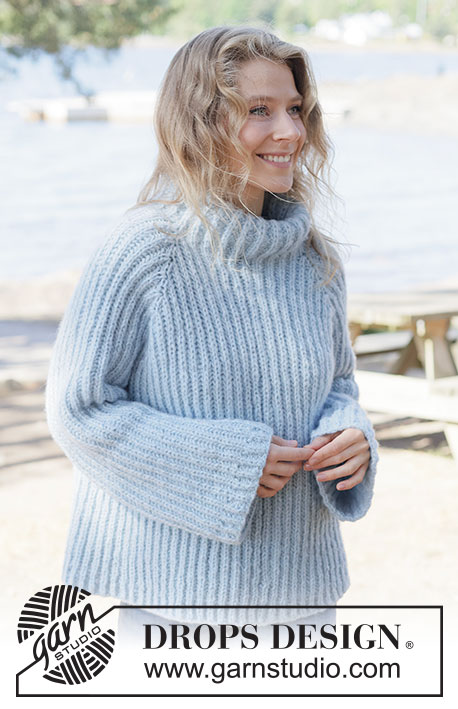 |
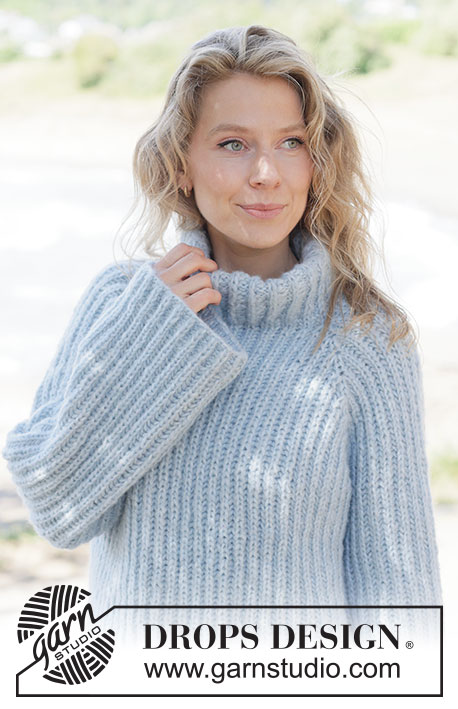 |
Knitted jumper in DROPS Air and DROPS Brushed Alpaca Silk. Piece is knitted top down in English rib with raglan. Size XS – XXXL.
DROPS 263-17 |
|
|
---------------------------------------------------------- EXPLANATION FOR THE PATTERN: ---------------------------------------------------------- RIB (worked in the round): ROUND 1: * Make 1 yarn over, slip 1 stitch purlwise, purl 2 *, work from *-* the entire round. ROUND 2: * Knit yarn over and slipped stitch together, purl 2 *, work from *-* the entire round. Repeat rounds 1 and 2. ENGLISH RIB (worked in the round): ROUND 1: * Knit yarn over and slipped stitch together, 1 yarn over, slip 1 stitch purlwise *, repeat from *-*. ROUND 2: Work * 1 yarn over, slip 1 stitch purlwise, purl yarn over and slipped stitch together *, work from *-*. Repeat rounds 1 and 2. INCREASE TIP-1 (when increasing for both body and sleeves): All increases are done on a round where yarn over and knit stitch are knitted together (i.e. 1st round in English rib). Increase 4 stitches in raglan stitches as follows: Knit yarn over and knit stitch together but wait to drop knit stitch and yarn over worked off left needle, make 1 yarn over around right needle, knit yarn over and knit stitch together 1 more time, move the marker to this stitch (= middle stitch), make 1 yarn over around right needle, work yarn over and knit stitch together 1 more time (= 3 stitches and 2 yarn overs), drop stitch and yarn over worked off left needle. On next round worked the increased stitches as follows: * Make 1 yarn over, slip 1 stitch purlwise, purl 1 *, work from *-* 2 times in total, make 1 yarn over, slip 1 stitch purlwise (= 3 knit stitch and 2 purl stitches). Marker is now in the middle stitch of the 5 stitches (= raglan stitch), i.e. a knit stitch. INCREASE TIP-2 (when increasing only on front piece/back piece): All increases are done on a round where yarn over and knit stitch are knitted together (i.e. 1st round in English rib). Increase 2 stitches in raglan stitches as follows: Knit yarn over and knit stitch together but wait to drop knit stitch and yarn over worked off left needle, make 1 yarn over around right needle, knit knit stitch and yarn over together 1 more time (= 2 stitches and 1 yarn over). Insert marker in the knit stitch closest to sleeve to only increase on body and the 39-39-43-47-47-47-47 stitches for sleeve remain the same. On next round worked the increased stitches as follows: Make 1 yarn over, slip 1 stitch purlwise, purl 1, make 1 yarn over, slip 1 stitch purlwise (= 2 knit stitches and 1 purl stitch). Marker is now in the knit stitch closest to sleeve (= raglan stitch). CAST-OFF TIP: To avoid a tight cast-off edge when casting off knit the yarn overs separately and cast off as regular stitches. DECREASE TIP (applies to sleeves): All decreases are done on a round where yarn over and knit stitch are knitted together. Decrease 2 stitches on each side of stitch with marker as follows: DECREASE 2 STITCHES AT BEGINNING OF ROUND: Begin at first knit stitch in English rib after stitch with marker: Slip first stitch and yarn over loosely on to right needle as if to knit them together, knit the next 2 together (i.e. 1 purl + knit stitch and yarn over), then pass loose stitch and yarn over over stitches worked together (= 2 stitches decreased). DECREASE 2 STITCHES AT END OF ROUND: Work until next to last knit stitch in English rib before stitch with marker: Slip first knit stitch and and yarn over loosely on to right needle as if to knit them together, purl 1, pass slipped stitch and yarn over over purl stitch, slip stitch back on to left needle, slip stitch and yarn over over stitch slipped back on to left needle, slip the remaining stitch on to right needle (= 2 stitches decreased). ---------------------------------------------------------- START THE PIECE HERE: ---------------------------------------------------------- JUMPER - SHORT OVERVIEW OF THE PIECE: In this pattern needles of different length have been used, begin with fitting length for number of stitches and switch as needed. Work neck edge and yoke in the round on circular needle from mid back, work top down. When yoke is done, divide piece for body and sleeves. Work body downwards in the round on circular needle while putting the sleeves aside. Then work sleeves downwards in the round on needle. Fold the neck edge double against the wrong side and fasten. If 0 is given for the chosen size, it means that you skip the information until next information. NECK EDGE: Cast on 84-84-90-96-96-102-108 stitches on circular needle size 4 mm with DROPS Air and DROPS Brushed Alpaca Silk (= 2 strands). Work RIB - read explanation above, in the round for 15 cm, finish with 2nd round. The neck edge is later folded in towards wrong side and assembled to form a neck edge of approx. 7 cm. Work next round as follows: * Make 1 yarn over, slip 1 stitch purlwise, purl 2 together *, work from *-* the entire round = 56-56-60-64-64-68-72 stitches. Beginning of round is approx. mid back. Insert 1 marker after the first 28-28-30-32-32-34-36 stitches on round (= approx. mid front), measure piece from this marker. YOKE: Continue with circular needle size 5.5 mm. Insert 4 markers in piece without working the stitches, insert markers in a stitch, these stitches are called raglan stitches and increase is done for raglan on each side of raglan stitches. Raglan stitch is always a knit English rib stitch. Count 10-10-10-12-12-12-14 stitches (= approx. half back piece), insert 1st marker in next stitch, count 7 stitches (= sleeve), insert 2nd marker in next stitch, count 19-19-21-23-23-25-27 stitches (= front piece), insert 3rd marker in next stitch, count 7 stitches (= sleeve), insert 4th marker in next stitch, 9-9-11-11-11-13-13 stitches remain after last marker (= approx. half back piece). Work ENGLISH RIB in the round - read explanation above. Remember to follow the knitting tension! When 4-6-6-4-2-6-8 rounds with English rib have been worked, increase for raglan in each of the raglan stitches on next round, increase as follows: Increase 4 stitches in all 4 raglan stitches with marker – read INCREASE TIP-1 (= 16 stitches increased per round). Increase like this every 6th round (i.e. every 3rd visible round with English rib stitches) 8-8-9-10-10-10-10 times in total at every marker = 184-184-204-224-224-228-232 stitches. Then increase 2 stitches in every stitch with marker to only increase on front piece and back piece - read INCREASE TIP-2 (= 8 stitches increased per round). Increase like this every 6th round 2-3-3-3-4-4-4 times in total = 200-208-228-248-256-260-264 stitches. Work in English rib without increase until piece measures 22-23-25-26-27-29-30 cm from marker mid front. Now divide yoke for body and sleeves. DIVIDING FOR BODY AND SLEEVES: AT THE SAME TIME as next round is worked divide yoke for body and sleeves as follows: Work 31-33-35-39-41-41-43 stitches in English rib (= approx. half back piece), slip the next 39-39-43-47-47-47-47 stitches on a thread for sleeve, cast on 3-5-5-5-7-9-13 new stitches on needle (= in the side mid under sleeve), work 61-65-71-77-81-83-85 stitches in English rib (= front piece), slip the next 39-39-43-47-47-47-47 stitches on a thread for sleeve, cast on 3-5-5-5-7-9-13 new stitches on needle (= in the side mid under sleeve) and work the last 30-32-36-38-40-42-42 stitches in English rib (= back piece). Finish body and sleeves separately. Piece is divided at each raglan stitch - every stitch marker belongs to body. BODY: = 128-140-152-164-176-184-196 stitches. Continue as follows: Continue in the round with English rib as before and work the 3-5-5-5-7-9-13 new stitches under sleeve into English rib - work stitches under sleeve on first round be without working them together with yarn over. Work English rib until piece measures 50-52-54-56-58-60-62 cm from marker mid front - adjust so that last round worked is 2nd round English rib so that on next round yarn overs are knitted together with knit stitch. Switch to circular needle size 4 mm. Now work rib as follows: * Knit knit stitch and yarn over together as before, 1 yarn over (= 1 stitch increased), purl 1 *, work from *-* the entire round = 192-210-228-246-264-276-294 stitches –purl yarn overs twisted on next round to avoid holes. Work rib in the round - remember explanation above. When rib measures 3 cm cast off all stitches somewhat loosely with knit over knit and purl over purl - read CAST-OFF TIP! Jumper measures approx. 56-58-60-62-64-66-68 cm from shoulder and down. SLEEVES: Slip the 39-39-43-47-47-47-47 stitches from stitch holder in one side of piece on a short circular needle size 5.5 mm and pick in addition up 1 new stitch in each of the 3-5-5-5-7-9-13 stitches cast on under sleeve = 42-44-48-52-54-56-60 stitches. Insert 1 marker in the middle of the 3-5-5-5-7-9-13 stitches that were cast on under sleeve. This stitch marks mid under sleeve, round begins with middle stitch. Continue in the round in English rib as before and work the 3-5-5-5-7-9-13 new stitches under sleeve into English rib - work stitches under sleeve on first round be without working them together with yarn over. Work in the round in English rib until sleeve measures 5 cm from division. In sizes M to XXXL decrease under sleeve - read DECREASE TIP. Decrease like this 0-0-1-1-1-1-2 times every 5 cm = 42-44-44-48-50-52-52 stitches. Continue to work in English rib until sleeve measures 39-39-37-36-36-35-34 cm. Now work rib the same way as on body, i.e. on next round knit yarn overs together with knit stitch, increase in addition 1 stitch after every knit stitch, purl purl stitches = 63-66-66-72-75-78-78 stitches. Switch to circular needle size 4 mm and work rib in the round as on neck and body (i.e. 1 knit English rib stitch and purl 2). When rib measures 3 cm, loosely cast off with knit over knit and purl over purl - read CAST-OFF TIP. Sleeve measures approx. 42-42-40-39-39-38-37 cm from division. ASSEMBLY OF DOUBLE NECK EDGE: Fold the rib down on inside of garment. Fasten rib to get a double neck edge. To avoid a tight neck edge that sticks out it is important to keep the seam elastic. |
|
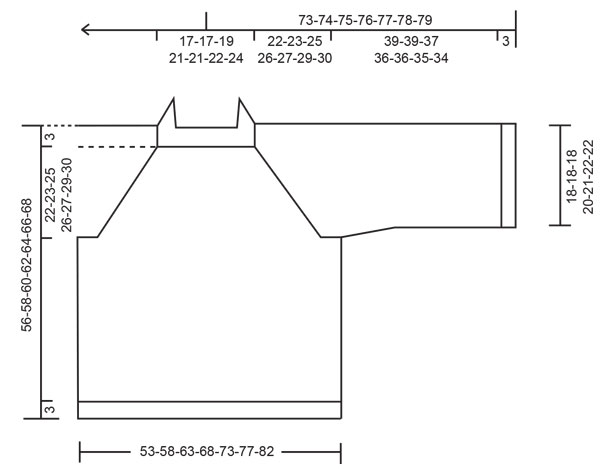 |
|
Have you finished this pattern?Tag your pictures with #dropspattern #skyridgesweater or submit them to the #dropsfan gallery. Do you need help with this pattern?You'll find 23 tutorial videos, a Comments/Questions area and more by visiting the pattern on garnstudio.com. © 1982-2025 DROPS Design A/S. We reserve all rights. This document, including all its sub-sections, has copyrights. Read more about what you can do with our patterns at the bottom of each pattern on our site. |
|

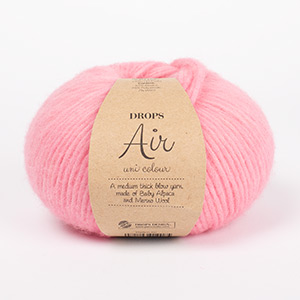





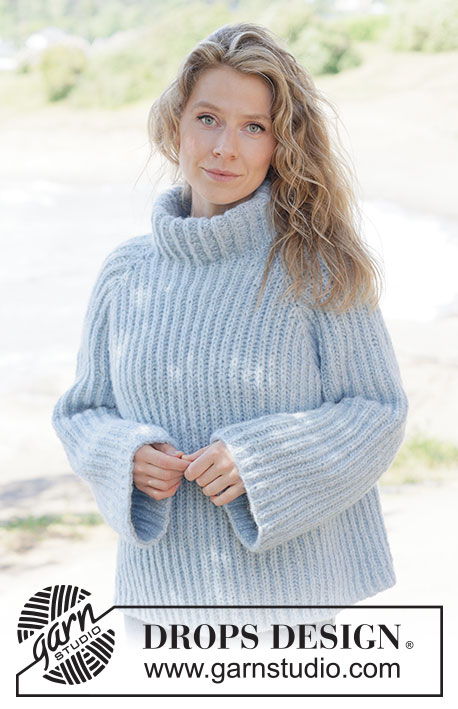
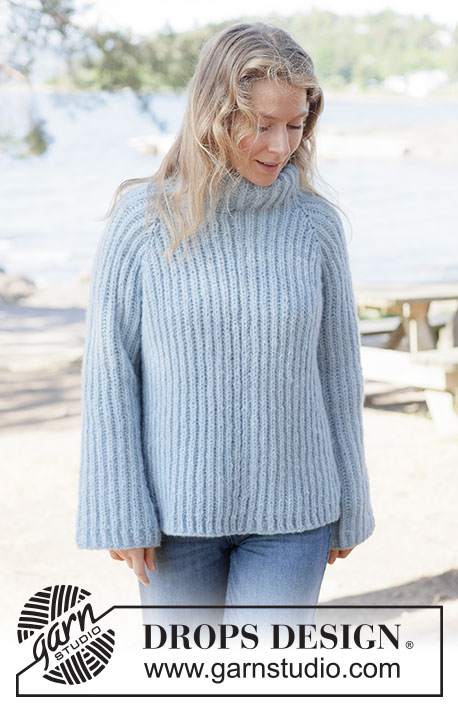

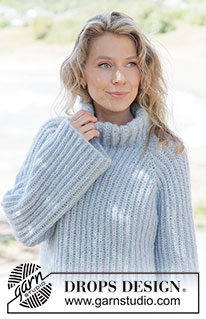
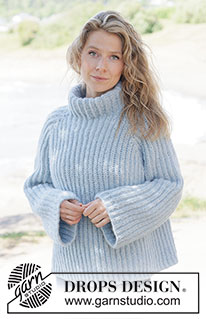
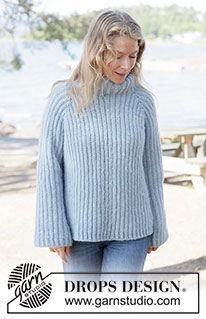
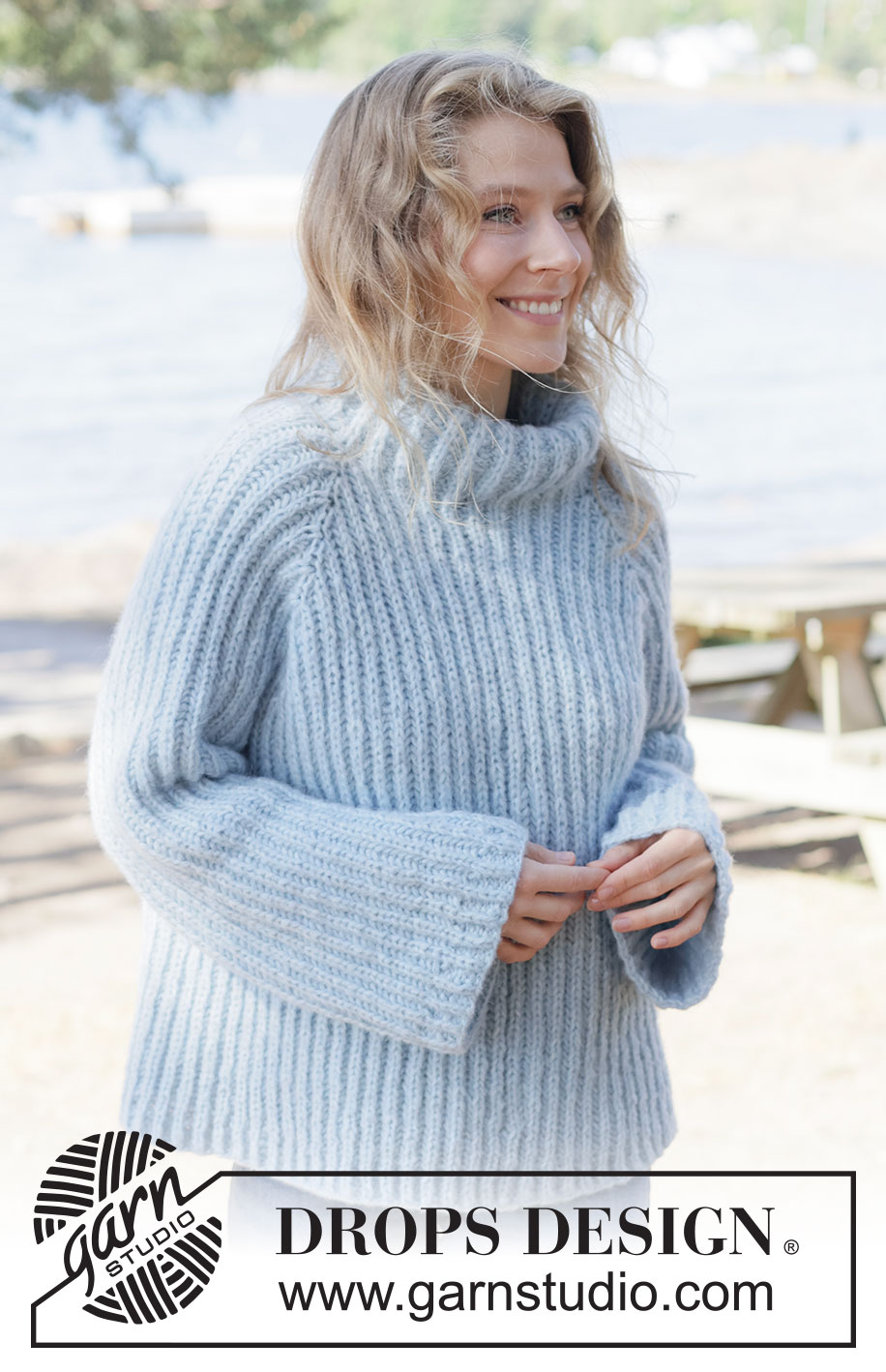
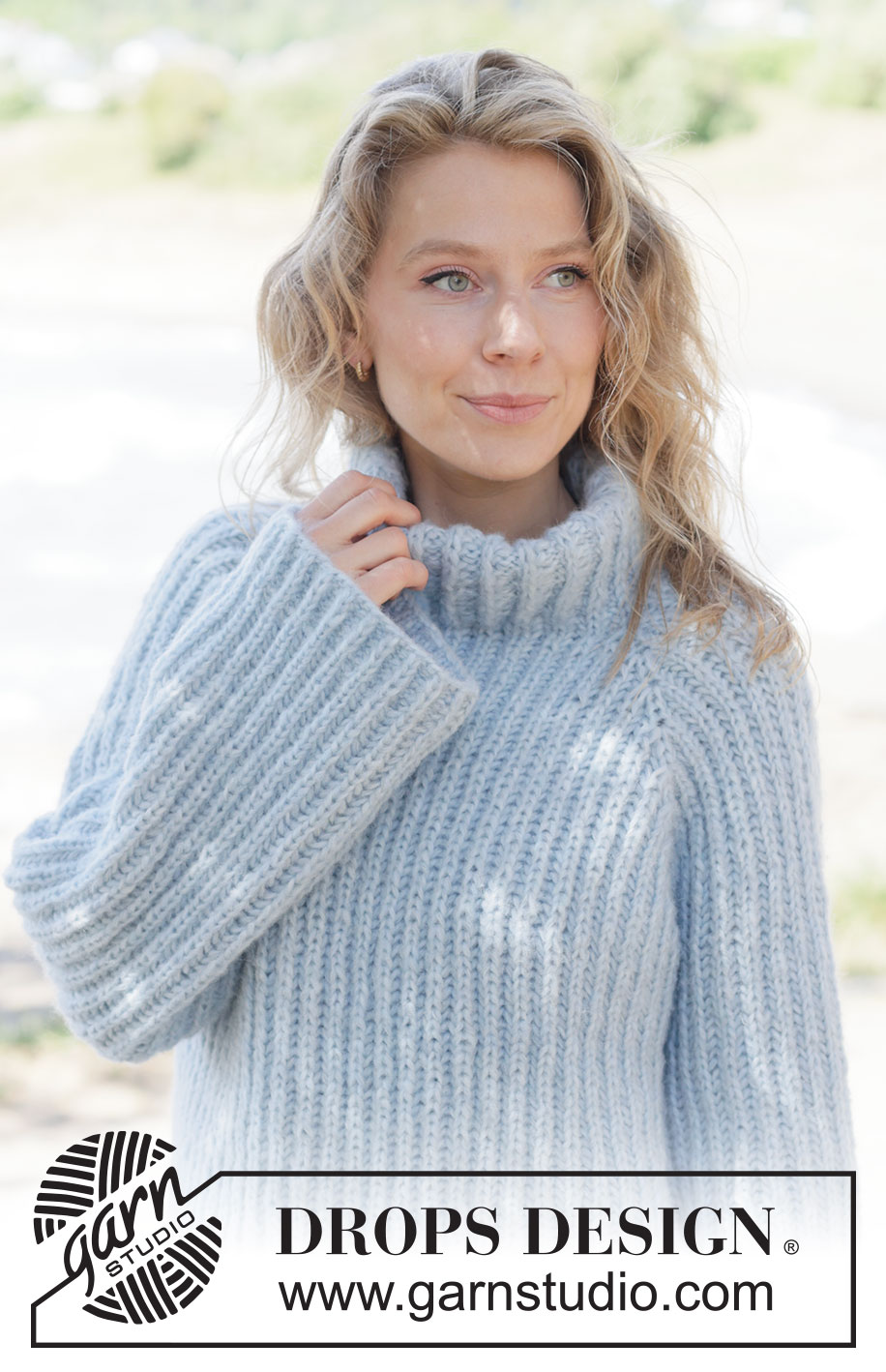
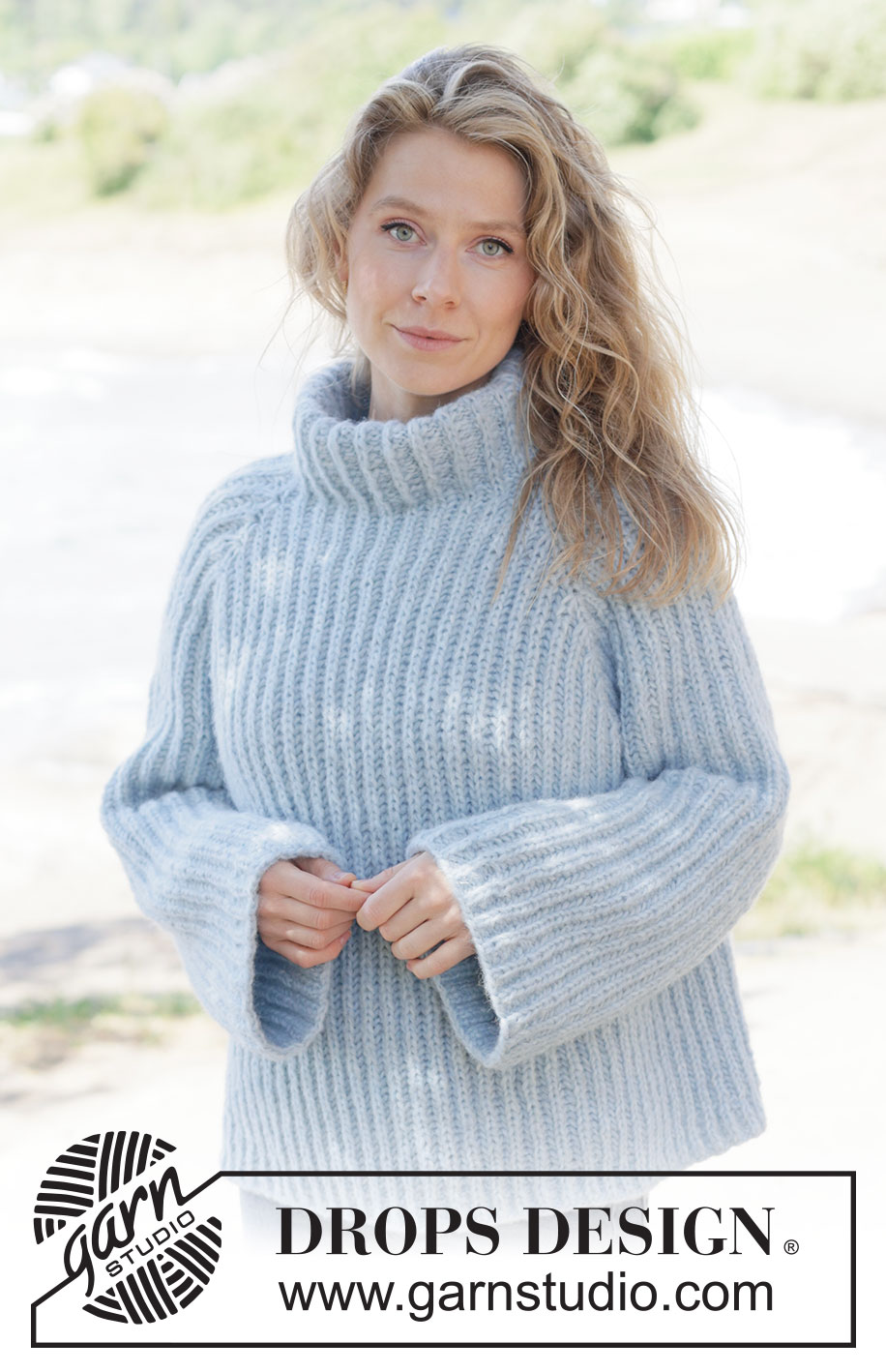
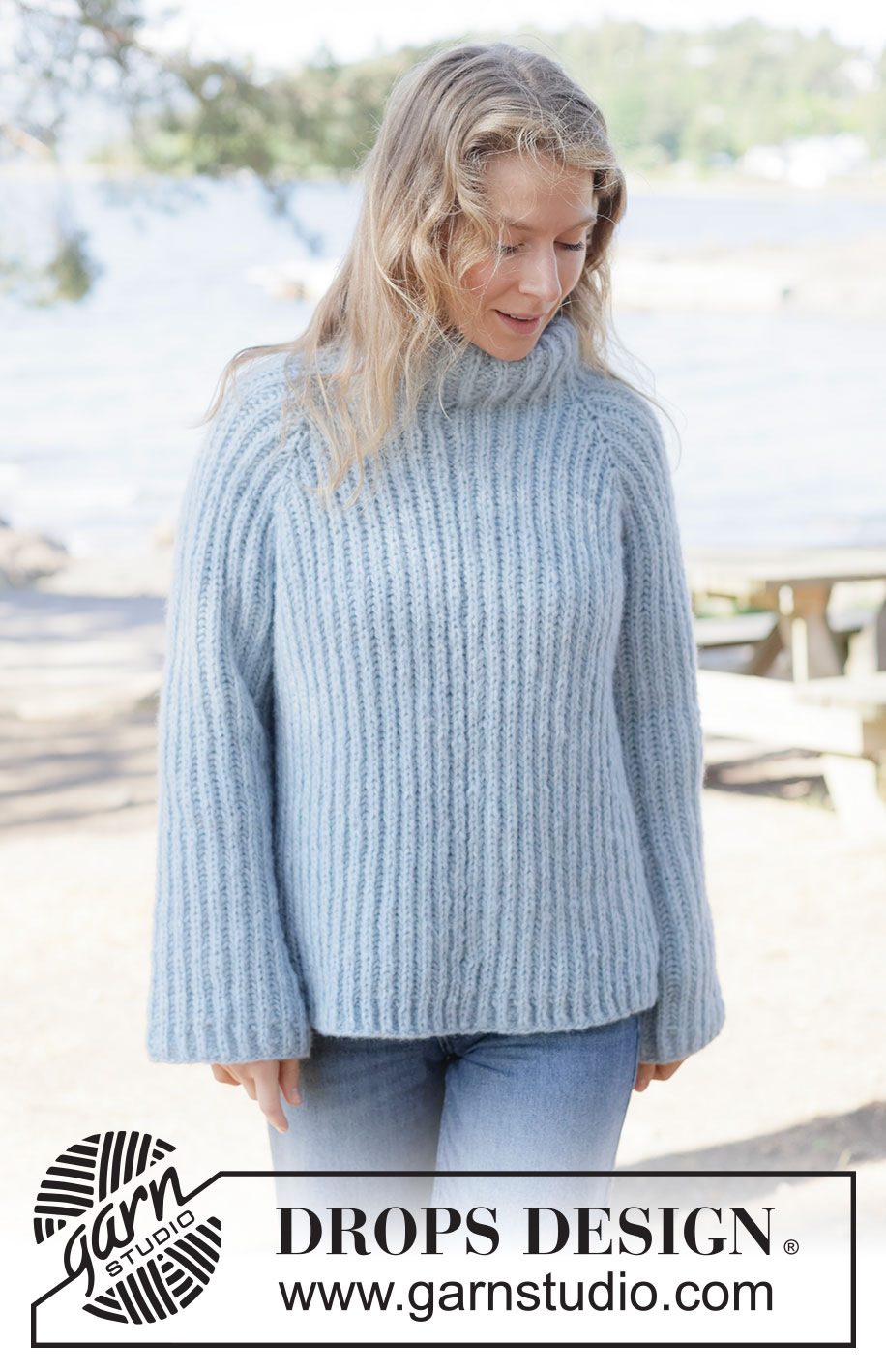

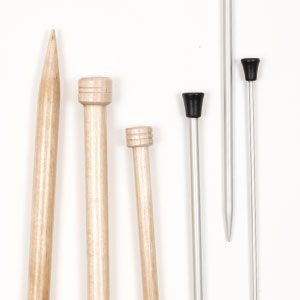
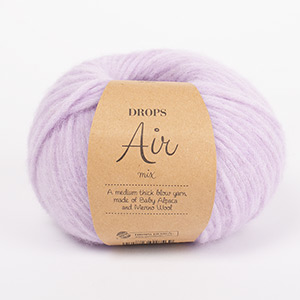
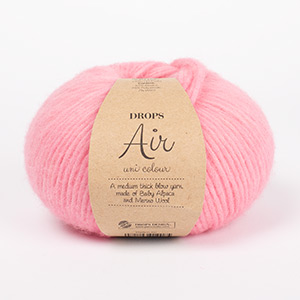
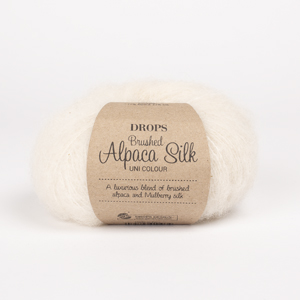
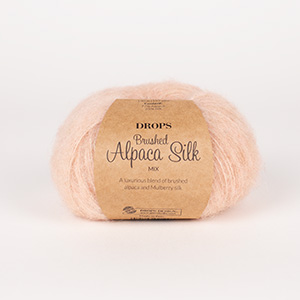




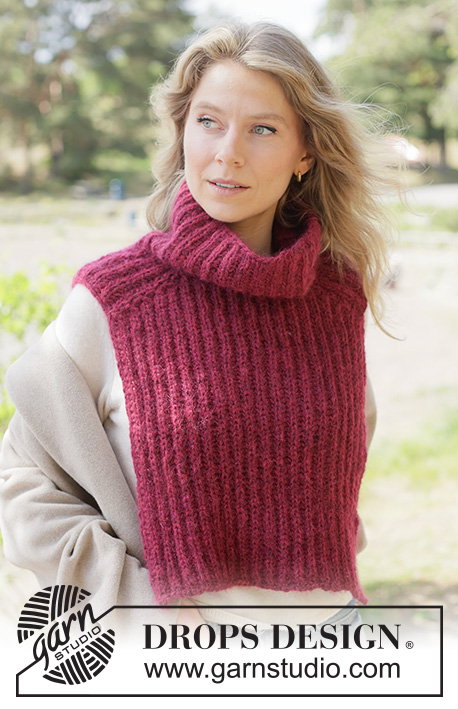























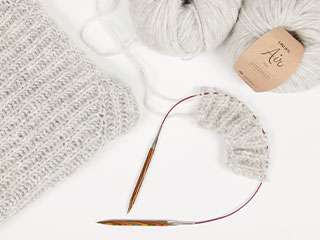
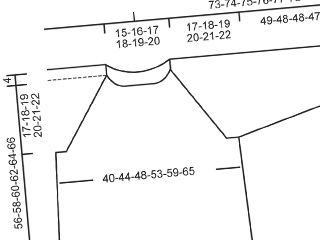
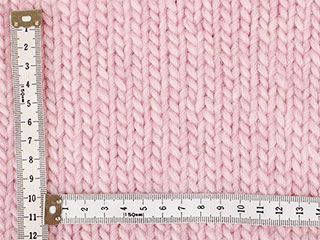
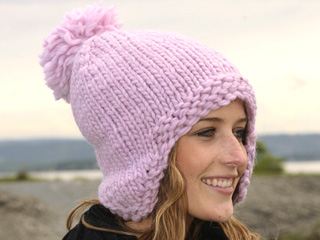
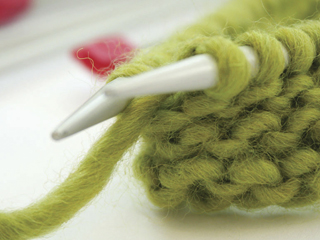
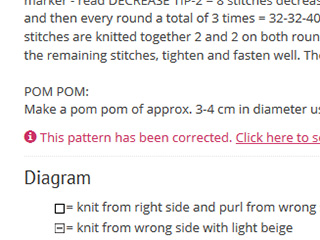
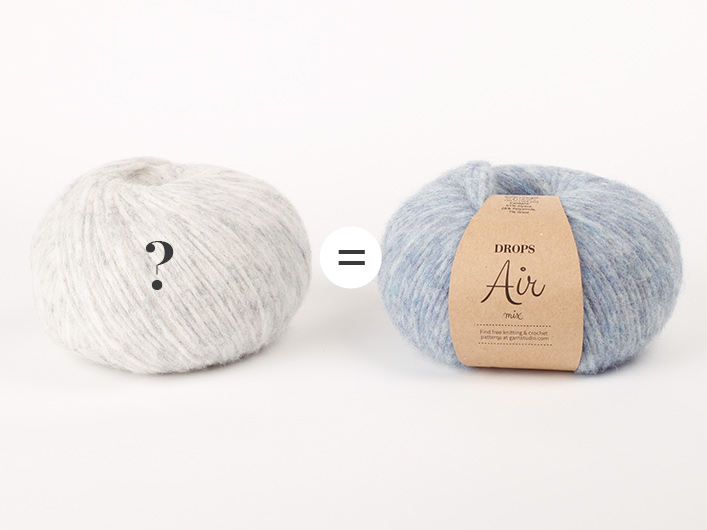
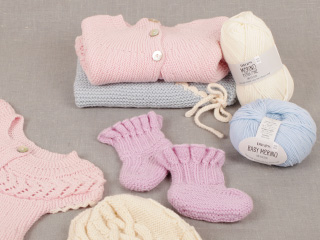
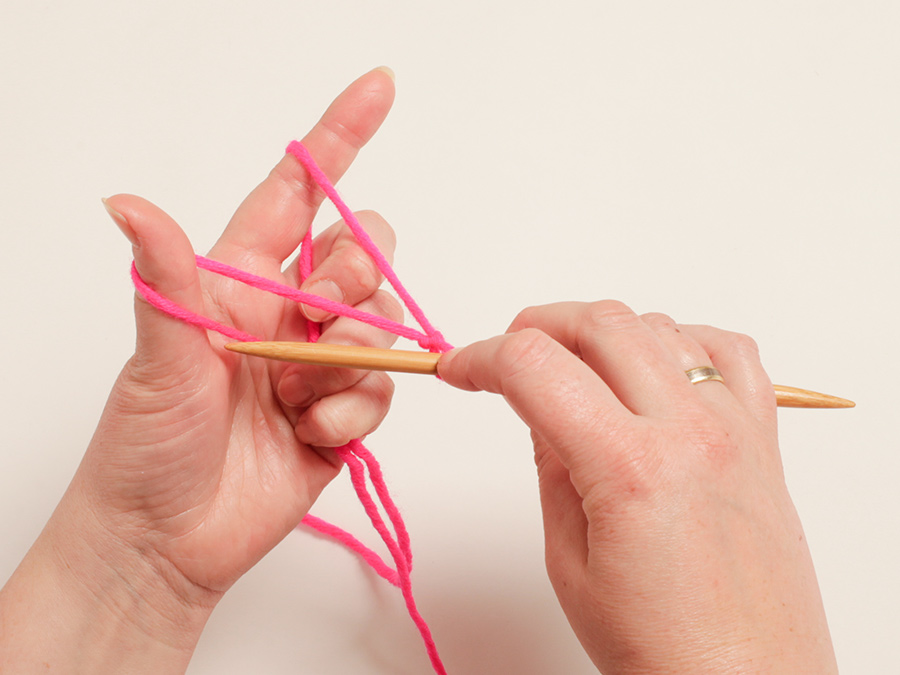
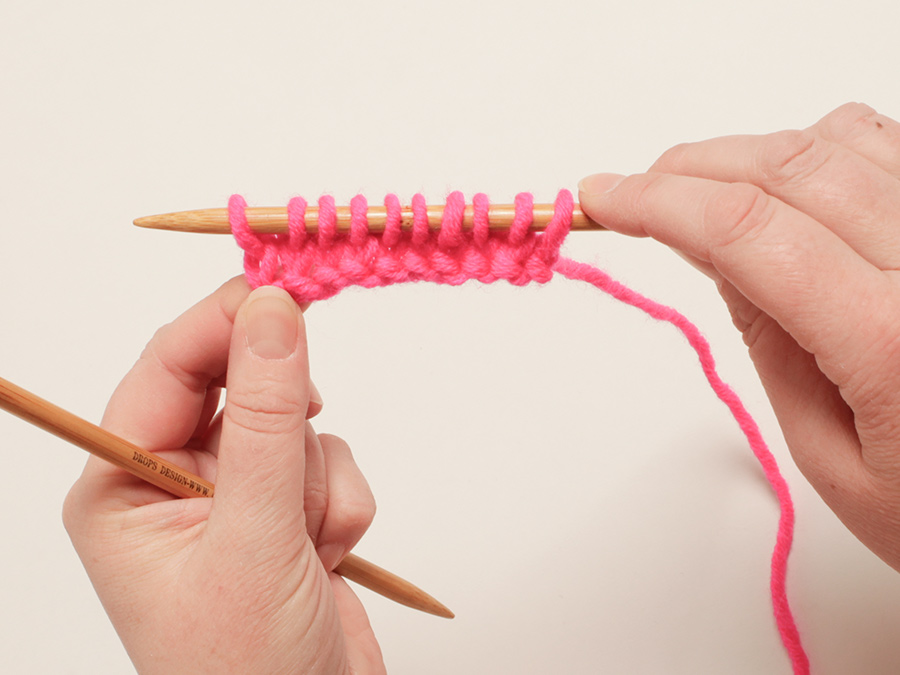
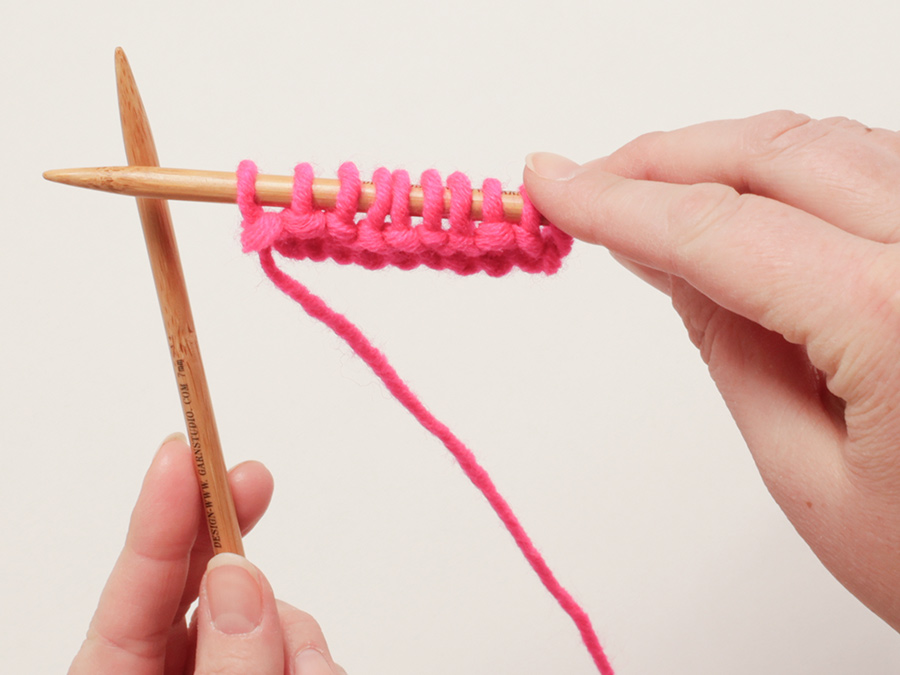
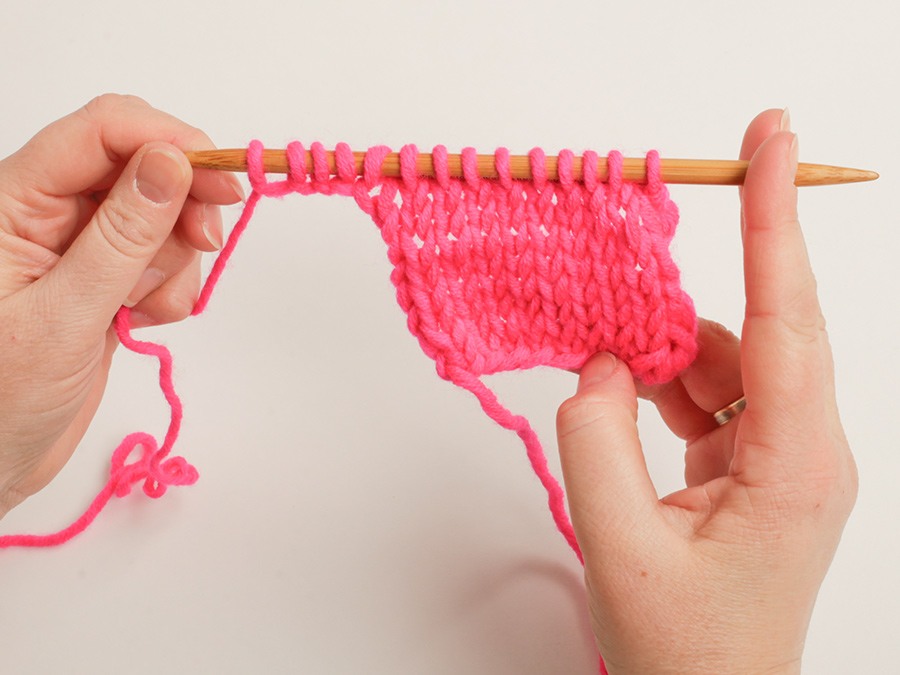
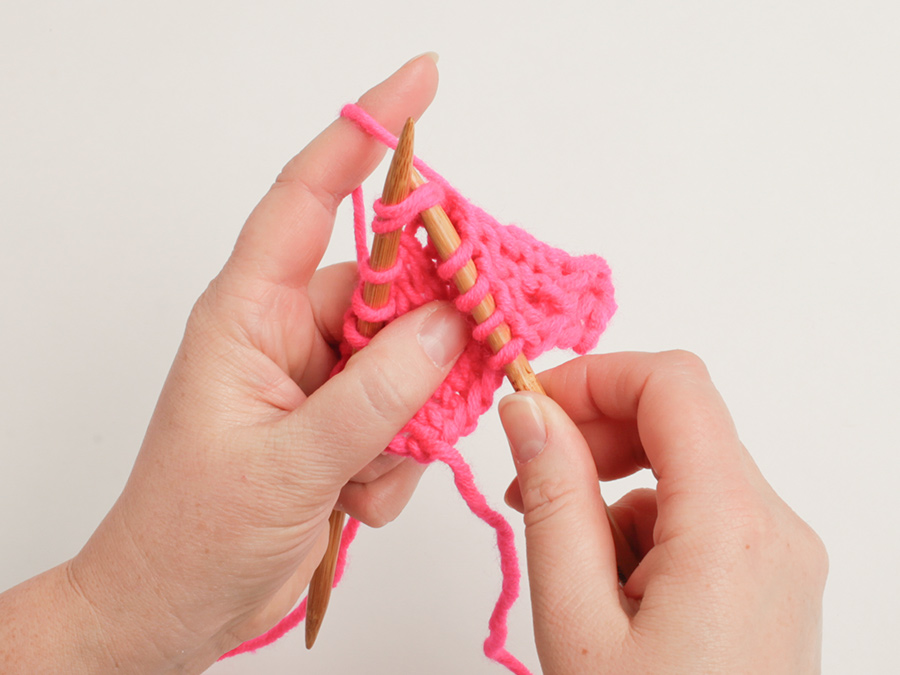
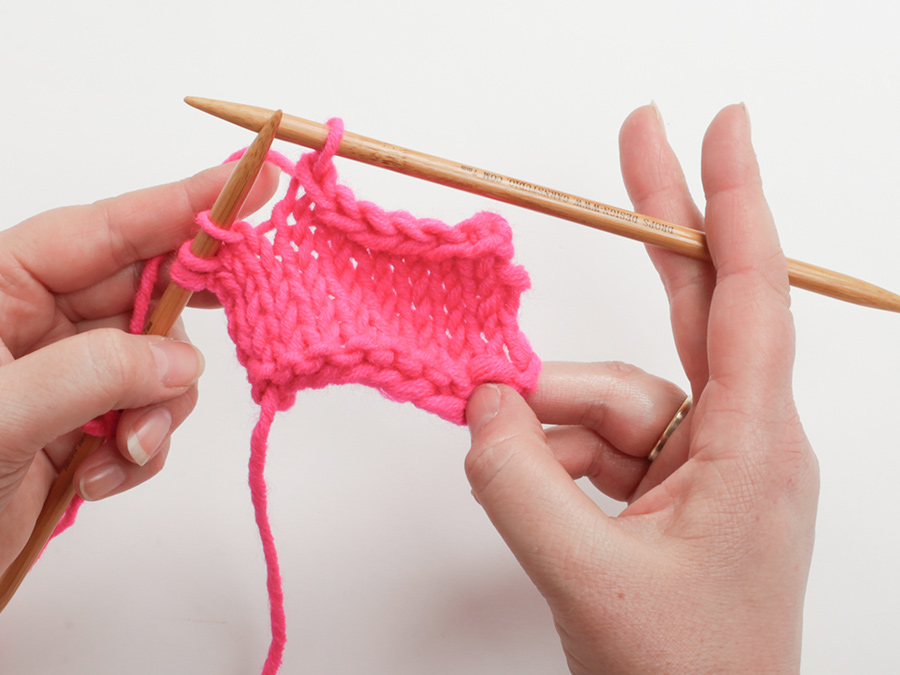
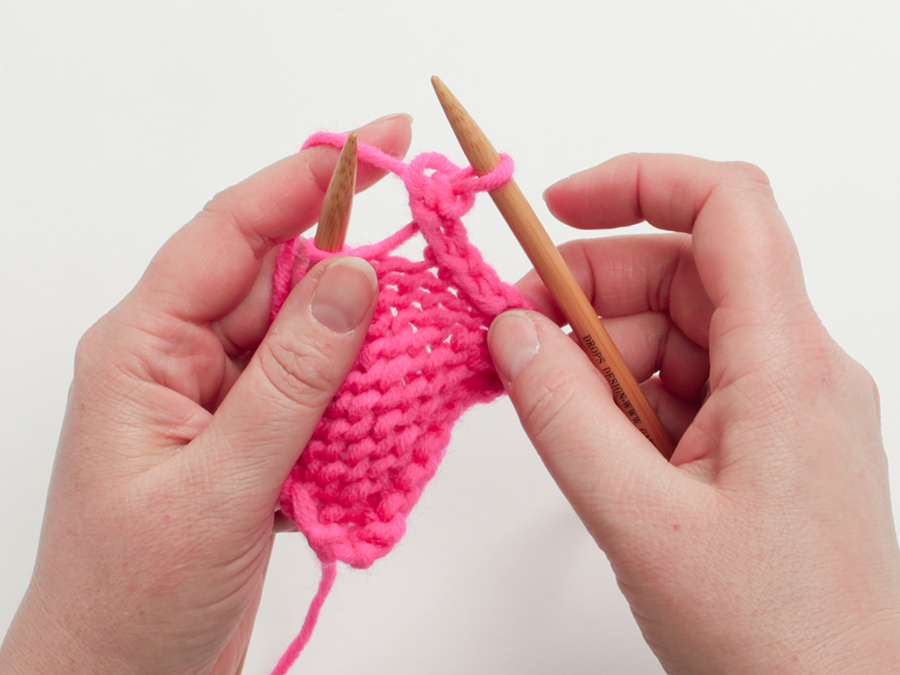
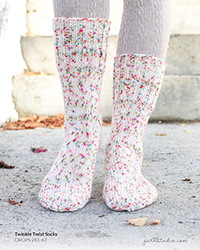
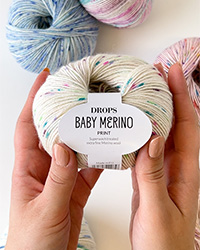
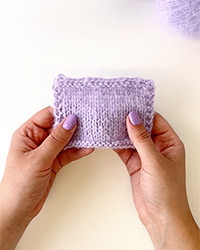
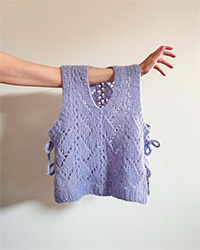

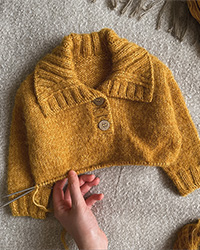
Post a comment to pattern DROPS 263-17
We would love to hear what you have to say about this pattern!
If you want to leave a question, please make sure you select the correct category in the form below, to speed up the answering process. Required fields are marked *.